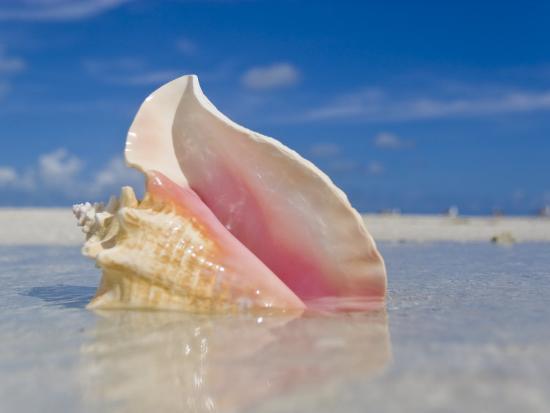Maslow’s Hierarchy Of Needs
One of the most well-known motivational theories is American psychologist Abraham Harold Maslow’s theory of motivation, also known as Maslow’s hierarchy of needs, which centers around the premise that humans are driven by needs that are hierarchically ranked. These needs are seen as necessary for human survival and development.
In the hierarchy of needs itself, Maslow believed that there were foundational needs upon which survival depended.
Here is the hierarchy of needs, beginning with the most basic and foundational:
Physiological: breathing, food, water, sex, sleep, homeostasis, excretion
Safety: security of body, employment, resources, morality, the family, health, property
Love/belonging: friendship, family, sexual intimacy
Esteem: self-esteem, confidence, achievement, respect of others, respect by others
Self-actualization: morality, creativity, spontaneity, problem solving, lack of prejudice, acceptance of facts
Through Maslow’s theory of motivation, it is believed that if your physiological needs are not met, then there is no room for motivation resulting from your other needs. If you are not getting enough adequate sleep or have some sort of health issue, there is no room to be motivated by the desire for love or self-actualization; your main driving behavioral factor would be the need to survive. As more elements of the hierarchy are solidified, you move up the hierarchy of need and become motivated by more factors.
Drive-Reduction Theory
The drive-reduction theory centers around the core idea that humans act merely to satisfy their physiological needs in order to remain in homeostasis. Homeostasis is every animal’s ability to remain in bodily equilibrium (for example, a mammal’s ability to remain warm-blooded). Humans are motivated to take action when there are disturbances to homeostasis. Because homeostasis is a reference to overall health, disturbances to homeostasis may look like anything ranging from lack of food to lack of job opportunities in order to have a source of income.
Within the motivation theory there are classifications of primary and secondary drives.
Primary drives are seen more as basic needs, such as your need for nourishment or sex drive.
The secondary drives are factors that indirectly satisfy primary needs—things like the desire for money, which can buy nourishment.
Hull proposed that all learned behavior only exists if it satisfies a drive in some shape or form. If this theory for motivation resonates with you, then you may need to look outside of your basic needs for motivation. Take extra time to consider what will make you happy rather than settling for only having your basic needs met. Remember to being each day with clear intentions.











